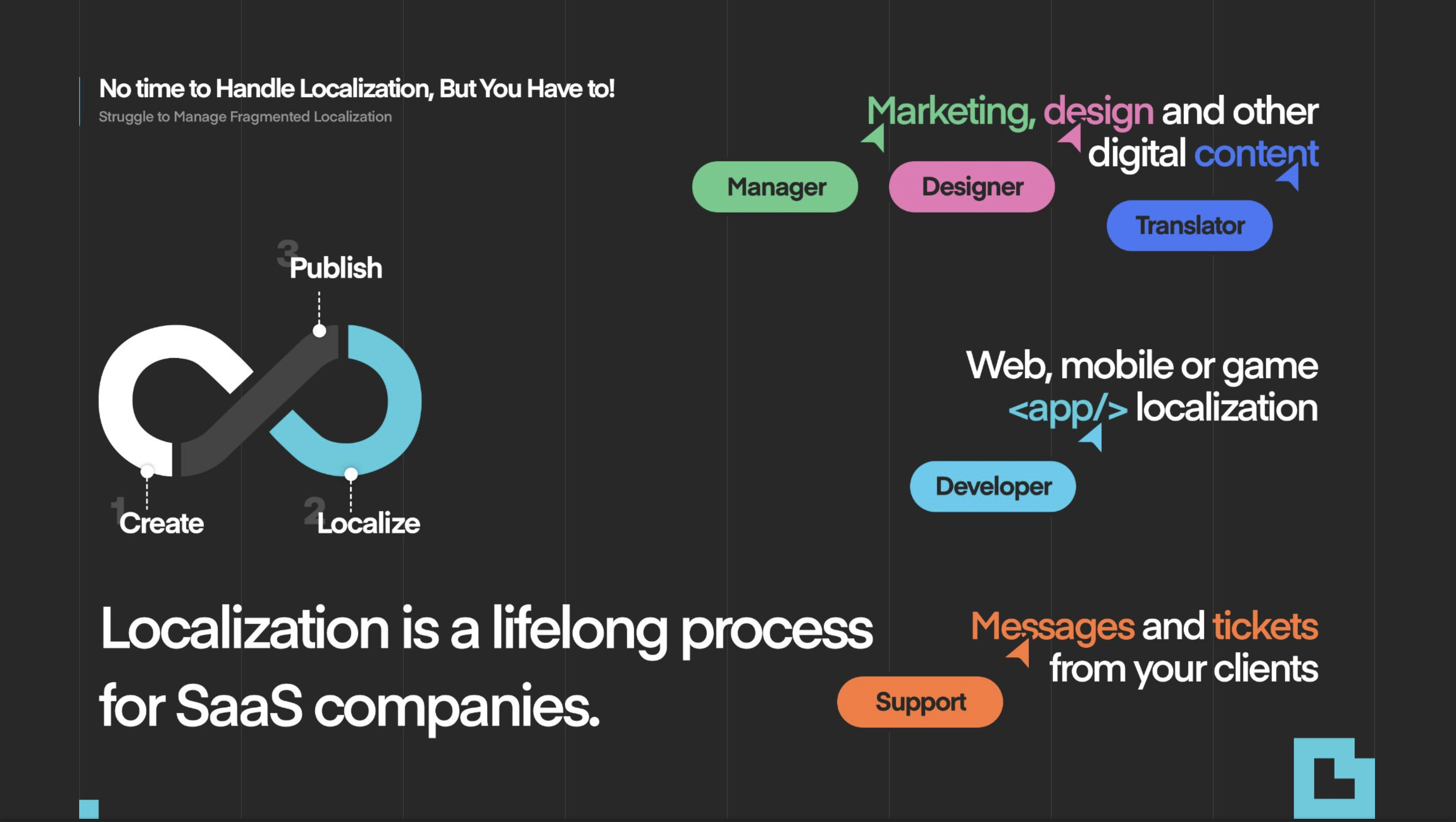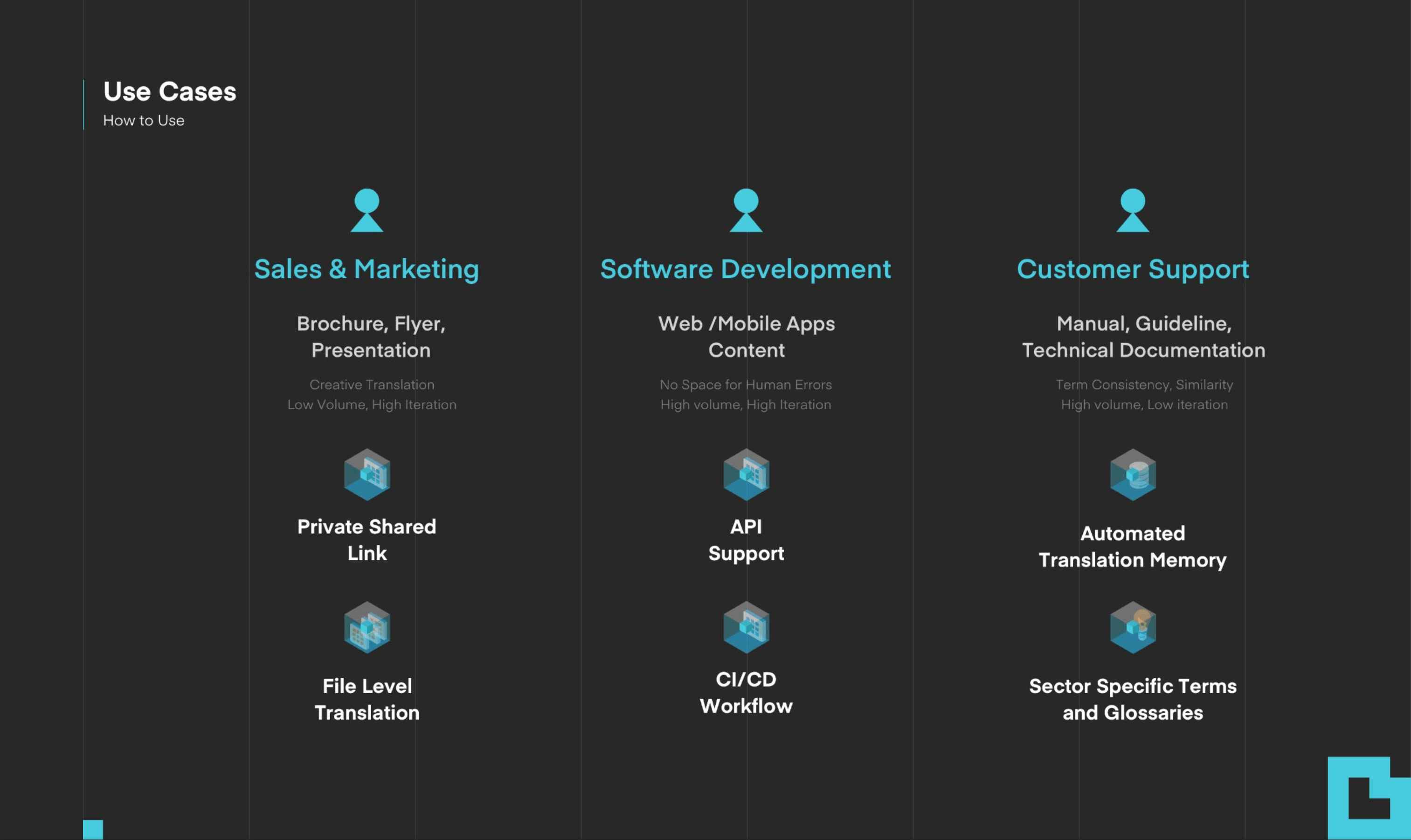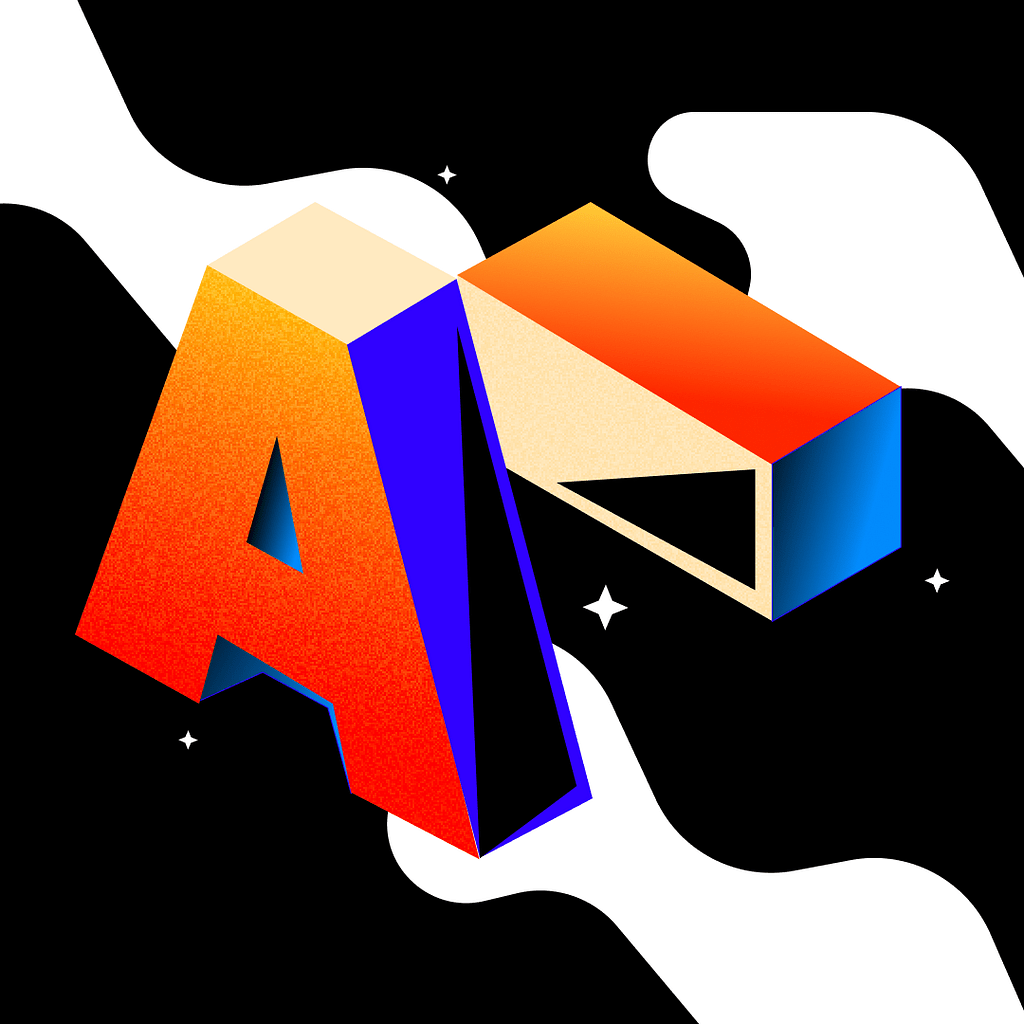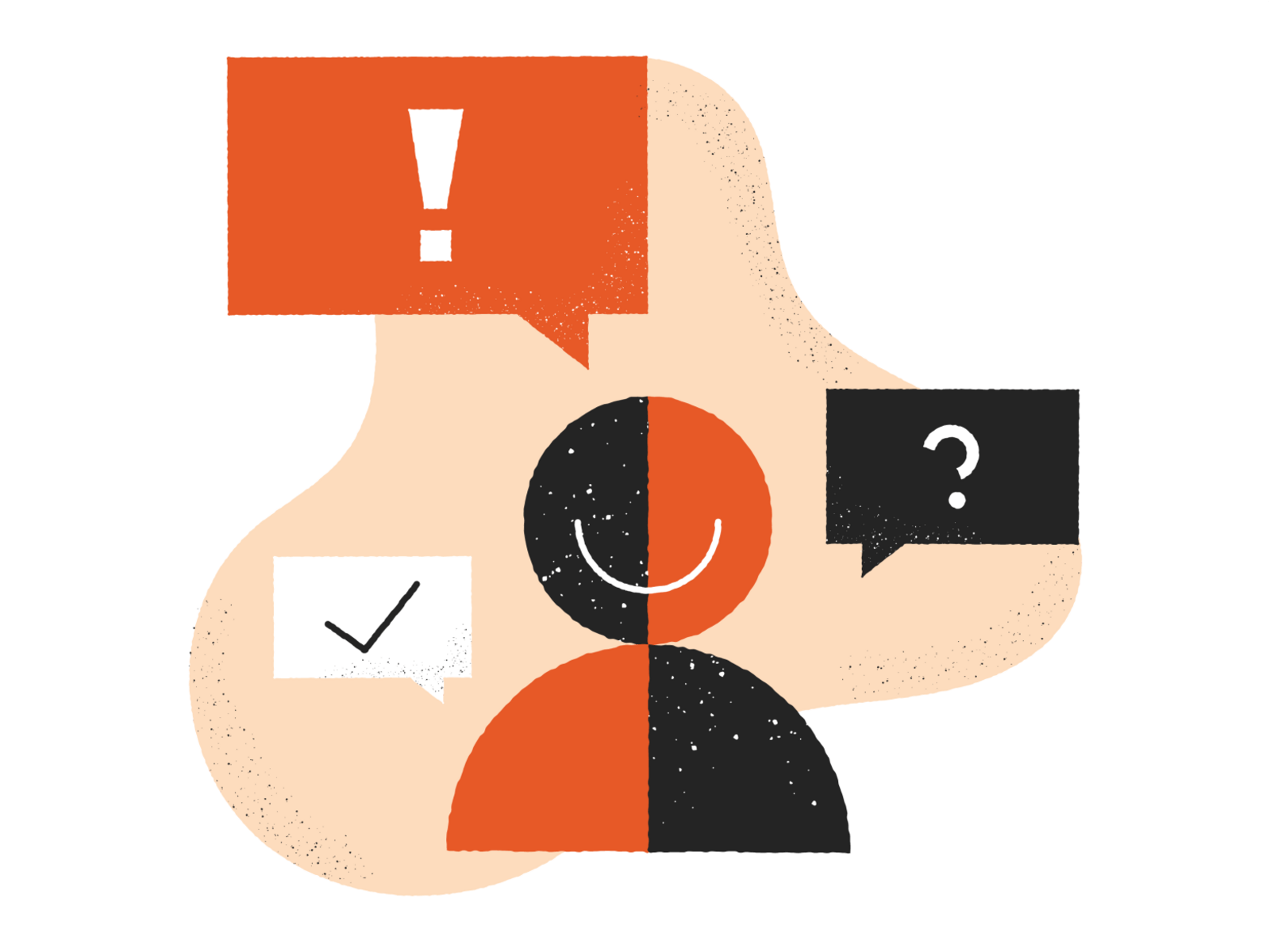In this article, we are going to how to select the best AI Translation tool for SaaS companies:
What is AI translation?
When discussing AI translation, the first platforms that come to mind are usually Google Translate, DeepL, and ModernMT. Recently, we can also include ChatGPT in the conversation, right? There are various alternatives, each excelling in specific requirements. Technically, these systems can be divided into many subcategories. However, for simplicity, let’s group them into two main categories;
- Machine Translation Engines ( MT Engines )
- Large Language Models ( LLMs )
Machine Translation Engines ( MT Engines )
MT engines have a single objective: to translate text from one language to another in a given language pair. From live captioning to simultaneous translation tools, almost all services or platforms that provide instant language translation utilize machine translation services.
Large Language Models ( LLMs )
LLMs are a completely different story. Although the concept isn’t new, the hype surrounding it began with the launch of ChatGPT in November 2022. The generative AI concept has become more powerful than ever in solving complex problems. While language translation may not seem like a complex problem, it actually involves many steps, such as copywriting, translation, post-editing, proofreading, and publishing. The real power of generative AI shines in content creation and fine-tuning tasks like post-editing and proofreading. It excels in tasks that require both productivity and creativity. With a broader knowledge base than human translators, it can generate alternatives in seconds, not days.
Both systems have pros and cons. To learn more details, you can visit the Pros and Cons: LLM or Machine Translation for SaaS Companies article.
Why do SaaS companies need AI translation?
Let’s imagine you are running a SaaS company with global ambitions. You have a website, design tool, CMS, CRM, etc. Great! But what if you need multiple languages? Consider the workload of your marketing, software development, and support teams. Now, add translation and localization to each software feature, marketing campaign, and support request. It becomes a continuous process and a significant challenge for your business, especially when your teams already have thousands of other tasks to handle.

Even though the differences between your products or services may require different techniques, one thing remains unchanged: you must streamline the translation and localization process using the most efficient and automated approach. To go global faster, decrease time to market, and stay competitive, you need to leverage the power of AI translation.
To learn more details, you can visit the Go Global Faster: The Top 5 Reasons to Prefer AI Translation for SaaS Companies article.
When do SaaS companies prefer AI translation?

The translation and localization needs of different teams within a company vary based on the type and medium of content they produce:
- Sales and Marketing Teams:
- They create content frequently to enter new markets and grow quickly.
- The content volume is relatively low, but creativity is crucial.
- Use translation tools that preserve design and formats, and involve human translators or AI for creative localization.
- Customer Support Teams:
- They produce extensive help center content like FAQs and manuals.
- The content is not updated often, but the translation volume is high.
- Cost-saving can be achieved by using translation memory to reuse content and glossaries for consistent terminology.
- Machine translation services are recommended due to the high cost of human translation for large volumes.
- Software Development Teams:
- They need to manage and synchronize software used by other teams, requiring frequent and high-volume translations.
- Developer-friendly localization services with API support are preferred to integrate with CI/CD processes.
To learn more details to decide, visit the Localization Guide for SaaS Companies: AI Translation vs Human Translators or Both? article.
How can the translation quality of AI translation tools be measured?
Not every AI translation service can guarantee the same level of translation quality across all languages and industry domains. Each service is developed by different software development teams and trained with distinct datasets, leading to variations in translation quality over time. A system that meets your expectations for translation quality one month may fall short compared to a different system the next month. Hence, it’s essential to measure translation quality using techniques that enable objective and automatic evaluations at regular intervals.
To learn more, you can visit the Linguistic Quality Assurance: How to measure translation quality of AI translation? article.
In summary, these techniques rely on human-translated sentences. If you possess a sufficient number of human-translated sentences across various language pairs and domains, you can attempt to measure sentence similarity. By submitting all the sentences to these systems and conducting a comparison, you can assess whether the translations closely resemble human-translated sentences or not.
How to choose an AI translation tool for your SaaS company?
- Remember what is AI translation and when you should prefer MT engines or LLMs.
- If you want to go global faster, AI-powered translation is essential. Do not forget the main reason why you need it.
- SaaS teams need to employ single problem-one solution tools to establish sustainable translation and localization automation. Keep in mind the translation requirements of your teams and prevent synchronization issues among them.
- Unfortunately, there is no one-size-fits-all solution for AI translation. However, you can explore our intelligent AI translation hub, which is integrated with multiple AI translation tools. From there, Lugath AI suggests the best option based on your content, language pair, and industry domain.



